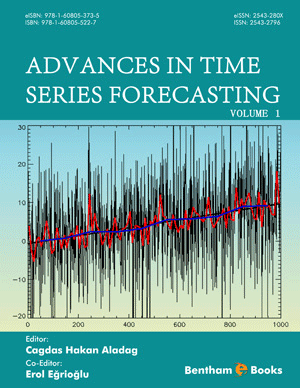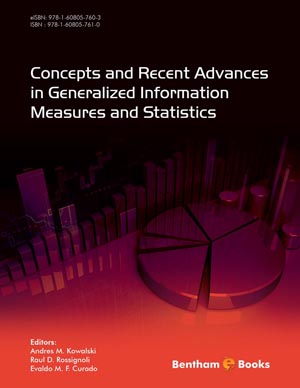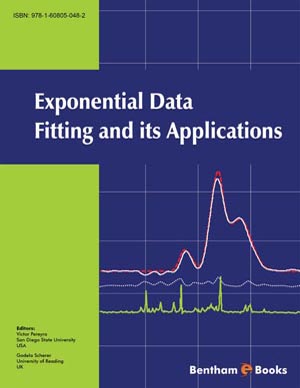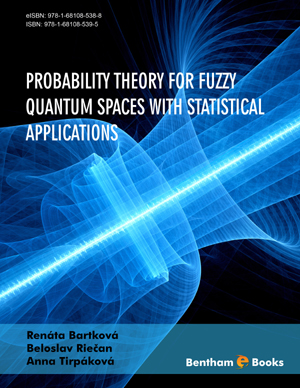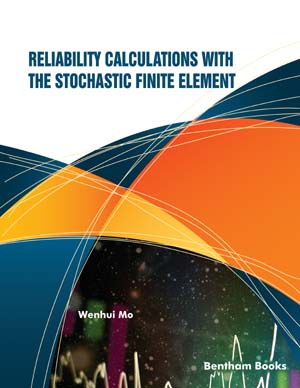Abstract
Fuzzy time series, subjected to many scientific studies, have been used in forecasting in recent years. Due to their uncertainty, time series encountered in daily life should be perceived as fuzzy time series and analyzed by fuzzy time series methods. Instead of representing time series, which may have different values during the time they measured, by instantaneous value of each observation, representing a fuzzy set which may contain several values provides more information and thus more realistic analyses. In such a situation, forecasting problem of time series whose observations are fuzzy sets emerges. In the literature, there are several methods and algorithms proposed for forecasting these types of fuzzy time series. However, one can say that most of the observed fuzzy time series contain seasonal structures. From this stand point, using seasonal fuzzy time series forecasting methods in analyzing fuzzy time series containing seasonal relations would be effective in terms of both forecasting performance and explanation of the relation of the data contained in. This study aims to introduce a partial high order bivariate fuzzy time series forecasting method hybridized with Box-Jenkins method seasonal autoregressive integrated moving average model (SARIMA), one of the conventional time series analysis methods used in forecasting seasonal time series, and its advantages. For this purpose, two real data are analyzed using this seasonal fuzzy time series forecasting method and results are evaluated with certain fuzzy and conventional seasonal time series methods.
Keywords: Bivariate fuzzy time series, Forecasting, High order, Seasonal fuzzy time series.


